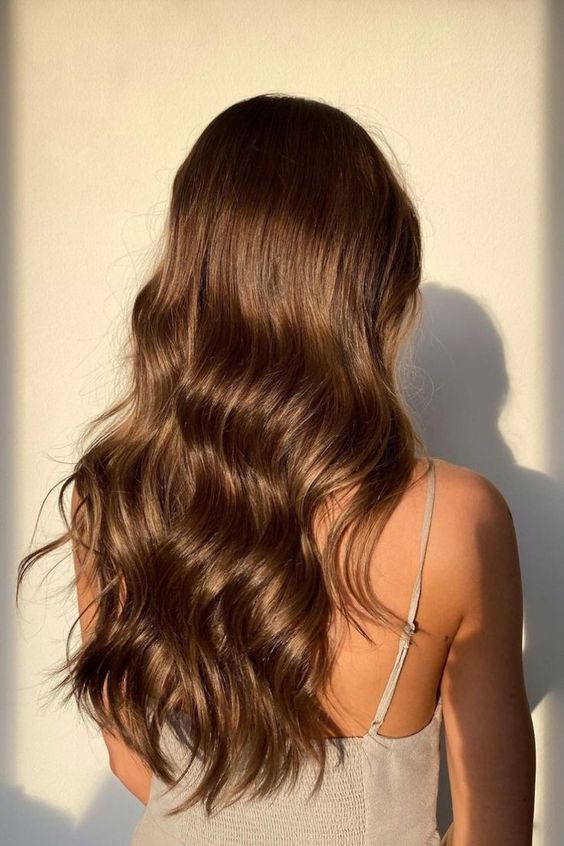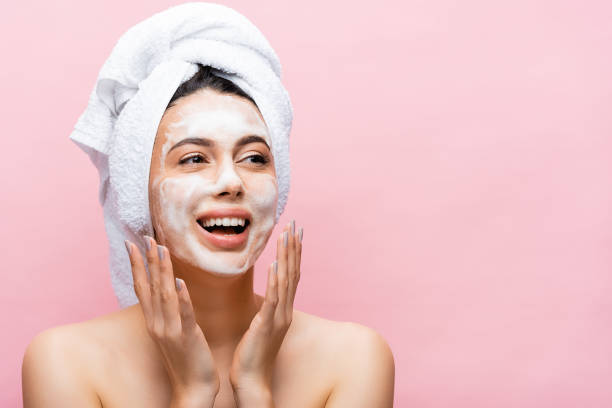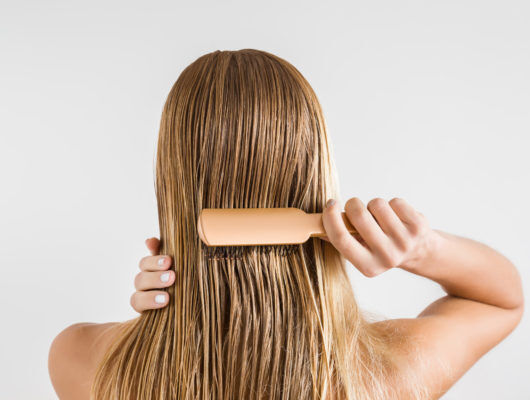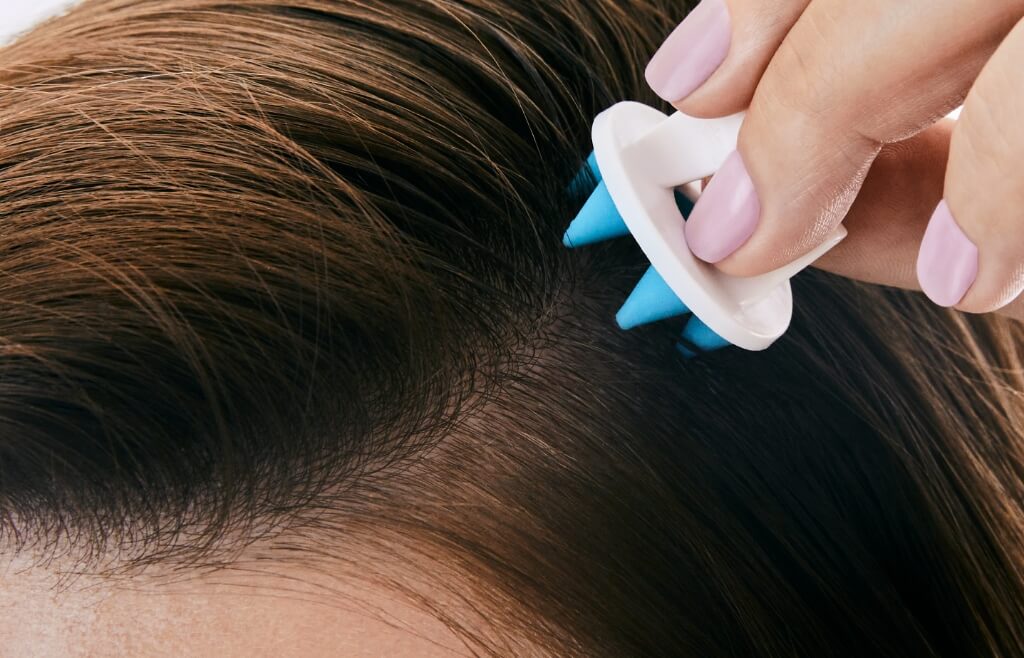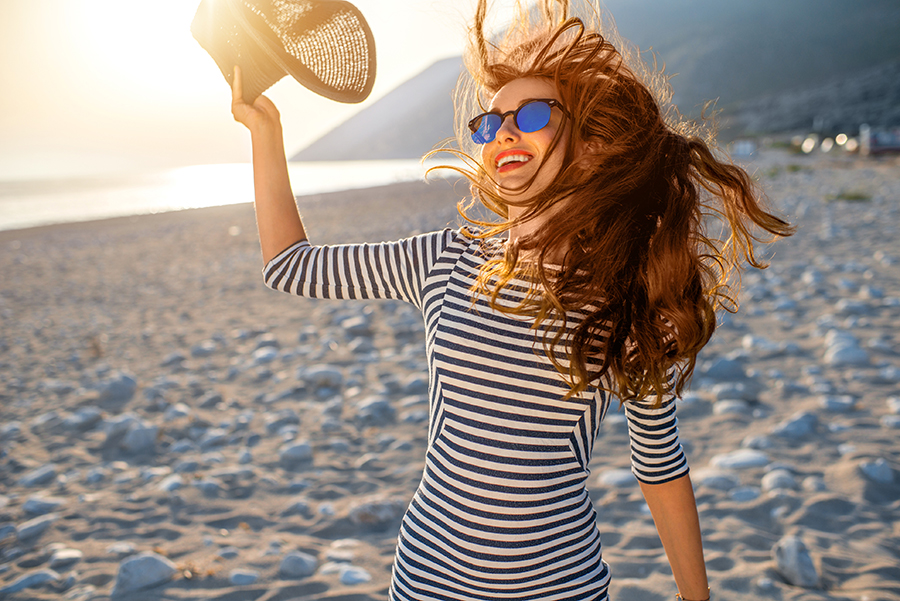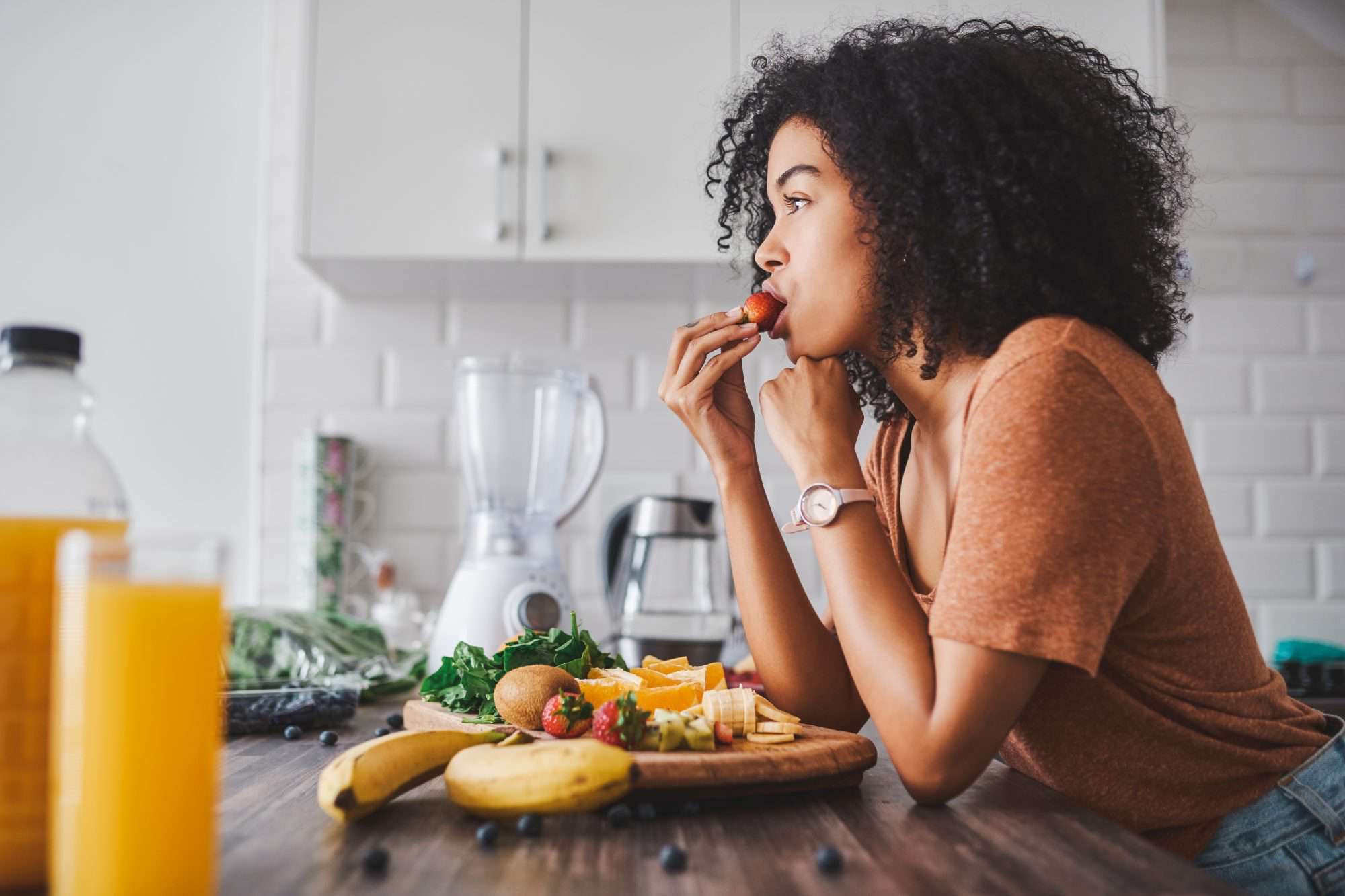Valeria Lipovetsky is a rising YouTube star, known for her engaging content on nutrition, beauty, fashion hauls, and self-love. A former model turned influencer, she’s also a devoted mom of three boys who effortlessly balances her passions while inspiring over 900K subscribers. She sat down with us to share how she makes it all work.
Katherine): How did you get started on YouTube?

(Valeria): I was already on Instagram but just like everybody else, I was just sharing family photos and things like that. When I graduated with a certification in holistic nutrition, I started seeing clients and I understood that working this way (client to client, face-to-face) was not going to allow me to spread the information to a wider audience. I got a little frustrated, but I thought, “what can I do to bring all that information and everything I learned about holistic nutrition to as many people as possible?” That’s when I started my blog. And actually, at the time it was a bit too late for blogging: it was 2016 and blogs were already kind of yesterday’s news. Still, I started it, and after a while, I realized it was still not the level of connection I wanted. I figured that it’s very hard to connect to people through just writing things. So I thought okay, I’m going to do something really scary, something I have no idea about, and that’s going to be YouTube.
What did you do to get yourself started? Buy a camera, equipment?
I started with my phone. And I still shoot some videos with my phone, to be honest. I think the biggest misconception that a lot of people have, regarding this type of work, is that you need to have all this equipment, and a fancy house, and the right background. Honestly, I still use tables and books as my stands and I shoot at my house most of the time. So, I just looked up how to edit videos on YouTube and, basically, learned everything I needed to know from the Internet.
What do you like best about being an influencer?

I love sharing my life, the ups and downs, the real-life tips. I love that today, people can connect with something real. I remember when I was a teenager, the only people I would look up to were models in magazines. Now, I really like that little (or I guess, not so little anymore!) community that we’ve built, where I feel like I really have a strong connection with my audience. I’m not really an expert— and I don’t want to be an expert – but I really want to be just like a friend or a big sister, or someone that my audience can go to when they feel like they need some help.
How did you get started with modelling?
Initially, I wanted a job at McDonald’s, but my mother was against it. Long story short, I had a big birthday party (a bat mitzvah) and my mother got a photographer to take pictures of me. When I was posing for pictures, I think my mom saw something in me that I never even thought about. I was a very shy person, always comparing myself to others, and as a kid, I felt invisible —people didn’t even know I was going to school with them. But my mom saw how different I was in front of a camera, how more confident I was, so she basically told me to try modelling. She said that if it wasn’t going to work out and if nobody accepted me, then I could go work at McDonald’s. I was so happy with that, thinking “I’m so getting that job at McDonald’s!” But then, from a one-time modelling thing, it became a full-on career. And 100% I owe that to my mom. Getting into the modelling industry, going to castings, competing against all these gorgeous girls was like when you throw someone into the water— you either sink or swim.
What does a typical day look like for you?
It never ends. I have a newborn, so there’s not so much sleep involved. I usually wake up around 6 am, go to the gym (I have gym days scheduled for myself, that I call my ‘appointments with me’), then I come back, and I get the kids ready, take them to school. Then once I come back, I start working right away. Everything is very scheduled for me. Otherwise, it’s going to be all over the place. So, some days I’m shooting content, and other days I’m shooting more vlog-style videos or going to different lectures or workshops, or things like that. Basically, every day is different.
While wearing so many hats and working for yourself, how do you find the balance between your home life and being a mom to three children?

I hate the word “balance” because it’s a very tricky word— balance doesn’t really exist. I think a lot of people think that “balance” is something we need to aspire to. But for me, balance changes every day: some days it tips more towards work and I’m more into that, and the other days I might feel like I’m way too much working, and I need to shift towards my kids or myself. I think that just being in-tune with myself and being aware of what’s going on with me, my home or my kids, is really important. It’s all about self-awareness and being in-tune with what’s going on in my life.
How do you find time for yourself?
This is something I made sure to voice to my husband from the get-go. I’m very much a person who knows her limits. I can feel when I need time for myself, and I demand it. I know that moms are so hard on themselves, and there’s this whole idea that you have to be a busy mom. But I just constantly remind myself that if my kids see me happy and healthy, they’ll have something to follow. So I don’t believe in over-doing it or over-stretching yourself. I come first.
What is a fashion staple you think everybody should own?
I think it would be a good pair of denim. Something that complements your body really well, something that you can take from day-to-night very easily, dress it down or dress it up. Figuring out the right cut of denim for you will take you very far in life.
What is your go-to (Canadian winter-appropriate) outfit?
It’s usually a black turtle neck, jeans, and booties. In the winter, I like to spice up my outfits with my coats, so I have a lot of different shapes, colours and textures to add to a basic outfit. That’s how I add that extra “Valeria” thing to my outfit. I think a good tip is having a basic uniform that you can jazz up with your accessories or a coat, things like that.
Do you have a go-to accessory?
It would definitely be a pop of colour in a bag. I’m a big supporter of investing in shoes and bags (although the shoes I’m wearing now are from a second-hand store for $25!) but bags are definitely my thing. When I think of my go-to accessory, it’s probably an investment bag that brings a pop of colour.
How would you describe your style?
I would say it’s feminine-masculine or in other words, it’s a combination of soft and edgy styles. I am always kind of playing with both of them. I think that because my look is very soft, I can add some edge to it. I love combat boots or something a little bit more structured and masculine.
What are five things you would always have on you wherever you are?
Lip balm, rosewater mist, my wallet (obviously), AirPods, because I listen to a lot of podcasts, and a charger. I currently love listening to The Goop Podcast, Oprah’s Super Soul Conversations, and How I Built This.
What’s your favourite fashion trend at the moment?
Definitely not neon! I really like sneakers. Generally, the more laid-back, chill trends: the sweatpants, sneakers are my kind of thing. I love that the whole athleisure look came back into style and you can wear it to different places (not only to the gym). Comfort is everything.
What advice do you have for someone trying to become an influencer?
I think that this whole industry is still only developing, and it’s going to get bigger and bigger. I believe this is the new media, and I think that what a lot of people are doing wrong when they’re trying to break into this world, is that they try to imitate someone else. They look at other people, either fashion bloggers or beauty bloggers, and end up doing the same thing. But the whole concept of influencers is to bring your own personal stamp to the world, to bring your own authentic self – that’s how people connect with you, and at the end of the day, that’s the way to build an audience. Tell your story, and you’ll find your tribe. Just be authentic and real, and don’t try to be someone you’re not.


